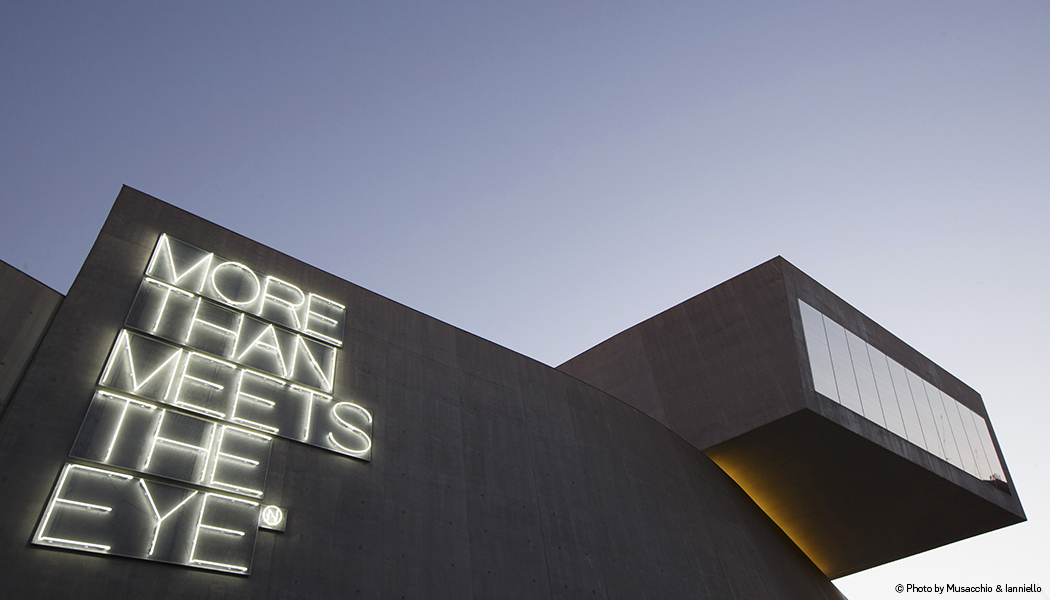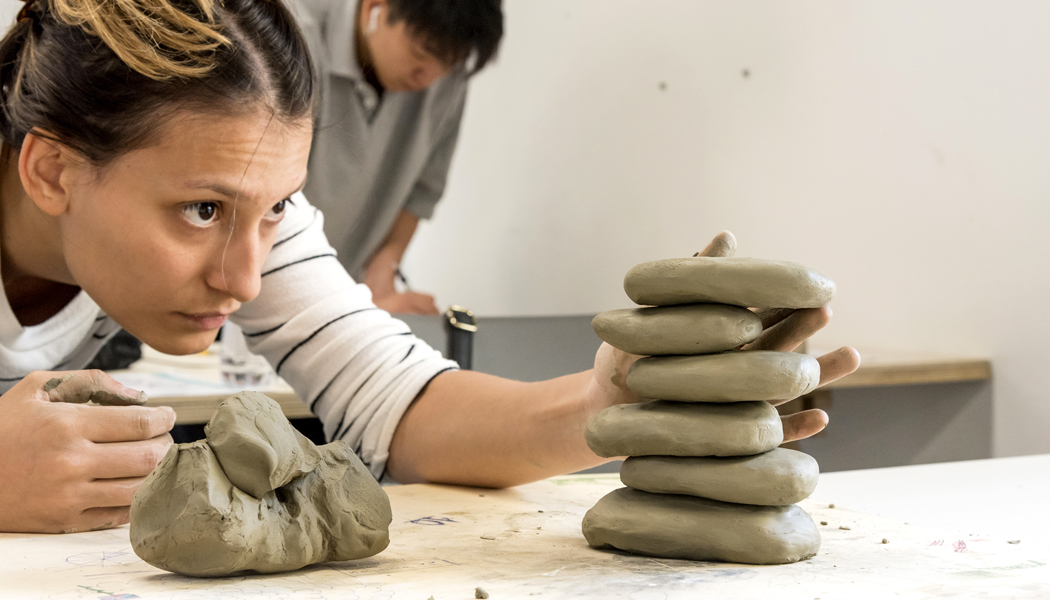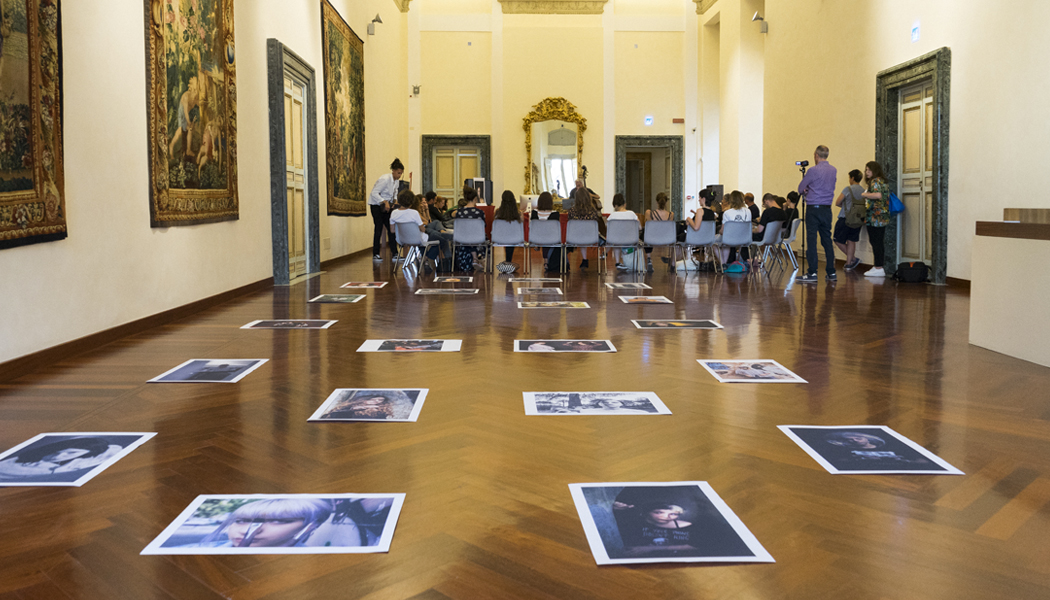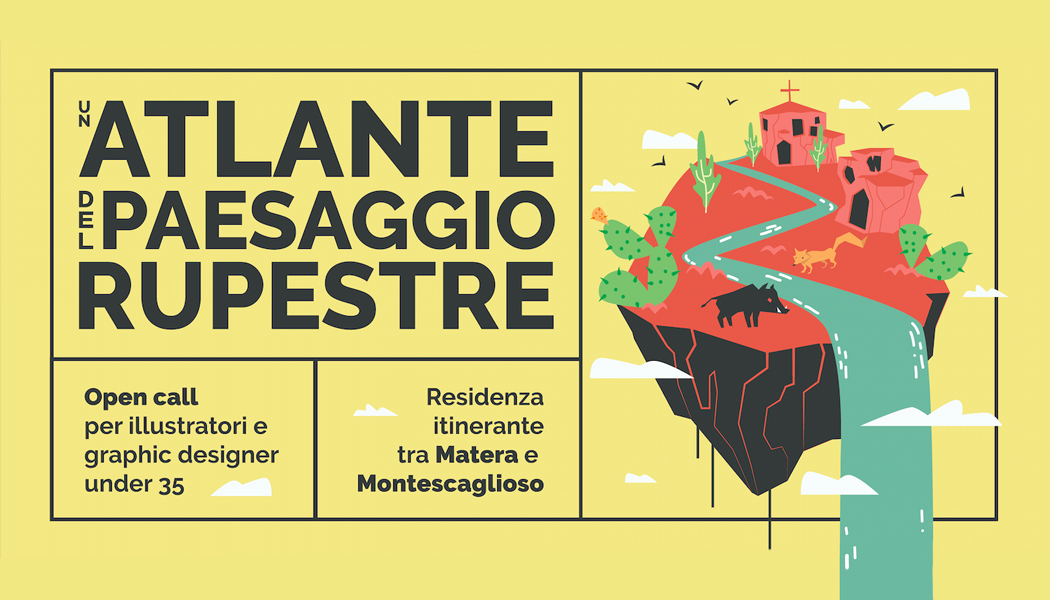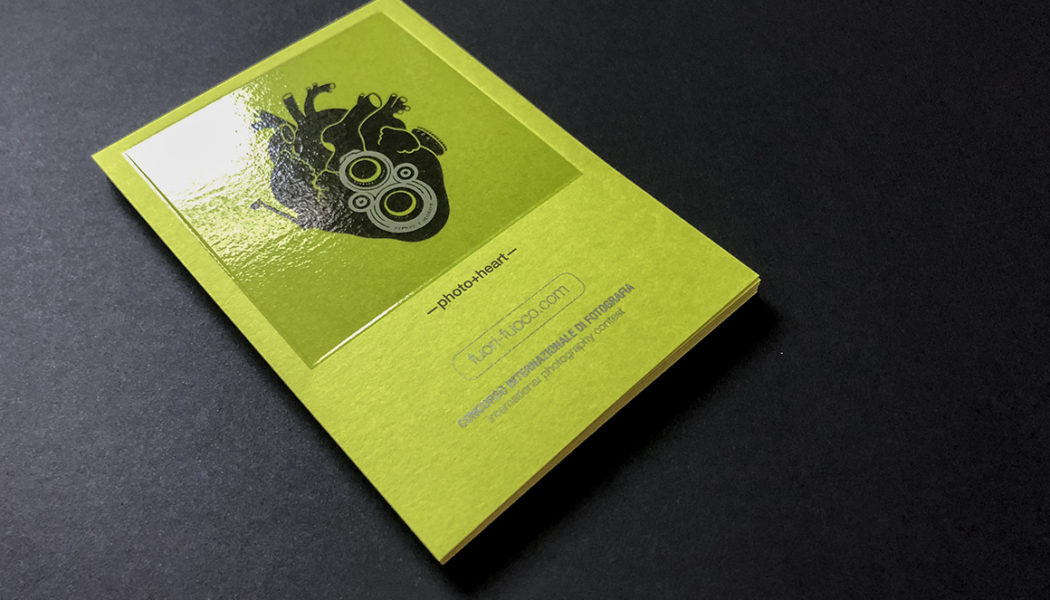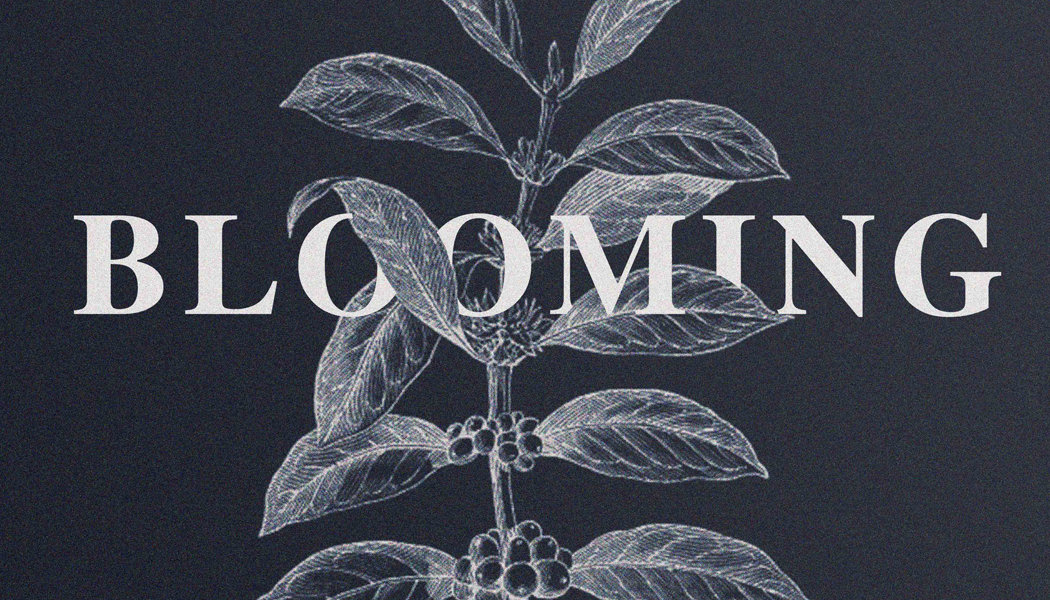Between the second (2016) and the third edition (2018) of the Biennale del Disegno di Rimini, the Department of Arts of the City of Rimini and the Municipal Museums propose an extensive exhibition of over 140 works on paper: woodcuts, engravings from original wooden matrixes taken from the prestigious magazine “Xilografia”, conceived and edited by Francesco Nonni between 1924 and 1926 and a symbol of Italian and European Art Nouveau and Deco.
The exhibition, entitled “Xilografia (1924-26). Un’utopia grafica”, curated by Alessandra Bigi Iotti, opens in Rimini, at the headquarters of Far, Saturday, October 14 at 18.00 and there will also be a part dedicated to the work done by students RUFA and Central St Martins at the Opificio della Rosa.
“Xylography” was printed in Faenza in 300 copies in the Stabilimento Tipografico dei Fratelli Lega and was published monthly. Preserved mostly in public and private archives and historical libraries, the rare complete series of “Xilografia” are mostly inaccessible and unknown to the general public, who on the occasion of the Rimini exhibition will be able to admire the woodcuts on display as true individual works of art, thanks to the availability of the Lega heirs, who generously made an entire series available to the public. It will also be possible to view, next to the woodcuts, some original wooden matrixes from the Manfredi Library in Faenza and originally owned by the Lega.
“Xilografia”, conceived and realized by Francesco Nonni, one of the most representative artists of Italian Liberty and Deco, closes an era: the “heroic” phase of the revival of the invention woodcut inaugurated at the beginning of the 20th century with the work of Adolfo De Carolis. A graphic utopia of rare beauty and completeness that today is considered the most complete panorama of Italian woodcutgraphy of the early twentieth century, with the best works of artists such as Adolfo De Carolis, Domenico Baccarini, Gino Barbieri, Antonello Moroni and Francesco Nonni, inventor of some of the most evocative images of the Dèco taste. Important engravers and illustrators of the time are also Giannetto Malmerendi and Gino Carlo Sensani. There are also the most significant names of the so-called black and white: Benvenuto Disertori, Benito Boccolari, Armando Cermignani and Guido Marussig. Up to the very powerful xylographic images carved in the wood of Lorenzo Viani from Viareggio, the leading representative of the Italian expressionist line.
